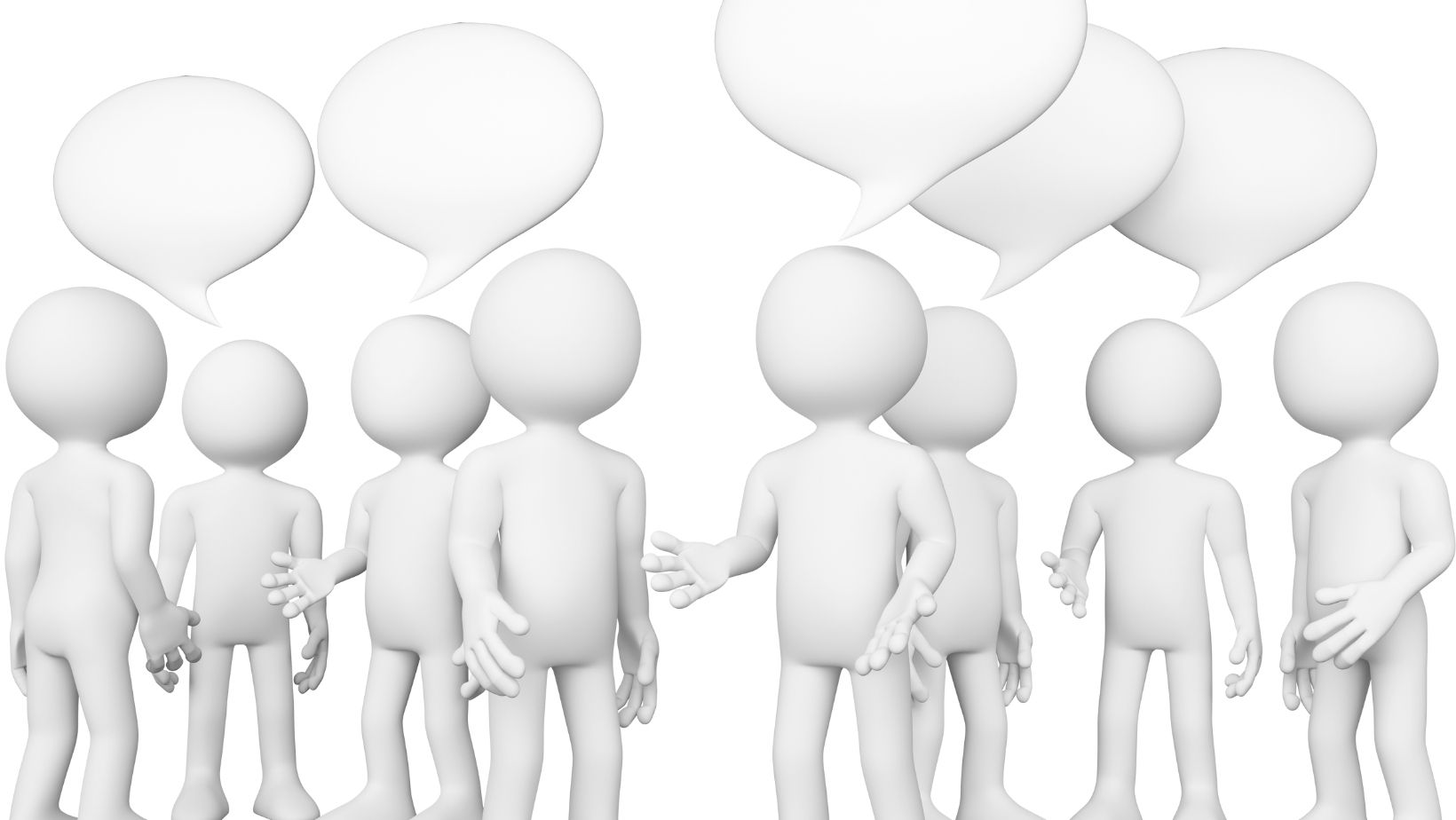Perceptions play a significant role in shaping our communication experiences. The way we perceive the world around us can greatly impact how we interpret and respond to others’ messages. In this article, I’ll delve into three key ways in which perceptions can influence communication.
Firstly, our preconceived notions and biases can affect how we understand and interpret information. Our past experiences, cultural background, and personal beliefs all contribute to the lens through which we view the world. These filters can color our understanding of verbal and nonverbal cues, leading to miscommunication or misunderstandings.
Secondly, our perception of someone’s credibility or expertise can influence how receptive we are to their message. If we perceive an individual as knowledgeable and trustworthy, we’re more likely to listen attentively and accept their ideas. On the other hand, if there is doubt about their credibility, it may lead to skepticism or even dismissal of their communication efforts.
Lastly, emotions strongly influence our perceptions and subsequent communication behavior. How we feel in a particular moment can shape how we interpret others’ words or actions. For example, being in a positive emotional state might make us more open-minded and willing to engage constructively with others. Conversely, negative emotions like anger or sadness could cloud our judgment and hinder effective communication.
List 3 Ways Perceptions Can Influence Communication.
Perceptions play a crucial role in shaping our communication experiences. How we perceive others, situations, and ourselves greatly influences how we interpret and respond to messages. In this section, I’ll explore three key ways in which perceptions can impact communication.
- Filters of Interpretation: Our perceptions act as filters through which we process information. Just like wearing tinted glasses that alter our view, our past experiences, beliefs, values, and cultural background shape the way we perceive and understand messages. For instance, if someone grew up in an environment where assertiveness was discouraged, they might interpret direct communication as rudeness or aggression. These filters can lead to misunderstandings or misinterpretations between individuals with different perspectives.
- Stereotypes and Prejudices: Another way perceptions influence communication is through stereotypes and prejudices. We tend to categorize people based on their gender, race, age, or other characteristics, forming preconceived notions about them. These biases affect how we listen to others and the assumptions we make about their intentions or abilities. Stereotypes can create barriers in effective communication by limiting our understanding of others’ unique perspectives.
- Self-Fulfilling Prophecies: Our perceptions have the power to become self-fulfilling prophecies in communication interactions. If we hold negative expectations about someone’s competence or trustworthiness based on initial impressions or rumors, it may unconsciously affect how we communicate with them. This can lead to a downward spiral where our behavior confirms the negative perception we initially had.
Understanding these ways in which perceptions influence communication is essential for building more effective relationships and fostering better understanding among diverse individuals. By being aware of our own biases and actively challenging stereotypes, we can create a more inclusive and open environment for meaningful dialogue.

Perception And Verbal Communication
Perceptions play a crucial role in shaping our communication experiences. How we perceive others, ourselves, and the world around us greatly influences the way we communicate. In this section, we will explore three ways in which perceptions can impact verbal communication.
- Interpretation: Our perceptions heavily influence how we interpret the messages received from others. Each person brings their own set of beliefs, values, and experiences to every interaction, which acts as a lens through which they view and understand communication. For example, if someone perceives a statement as sarcastic or dismissive based on past experiences with that individual, it may lead to misunderstandings or strained relationships. On the other hand, if one has a positive perception of someone’s intentions, they may be more inclined to give them the benefit of the doubt during conversations.
- Language Choice: The way we perceive individuals or groups can influence our choice of language when communicating with them. Stereotypes and biases often seep into our linguistic choices unconsciously. For instance, if someone holds negative stereotypes about a particular ethnic group or gender, they might unknowingly use language that perpetuates those stereotypes during conversation. This can result in miscommunication or even discrimination within interpersonal or professional settings.
- Nonverbal Cues: Perceptions also shape how we interpret nonverbal cues during communication exchanges. Facial expressions, body language, tone of voice – all these aspects contribute to conveying meaning beyond words alone. However, our perceptions can color how we interpret these cues. If someone perceives another person as aggressive or untrustworthy based on appearance or prior encounters, they may misinterpret harmless gestures as threatening or insincere.
Understanding how perceptions influence verbal communication is crucial for effective interpersonal interactions and building stronger relationships across various contexts. By recognizing our own biases and being open-minded towards different perspectives, we can minimize misunderstandings and foster more meaningful connections with others.














